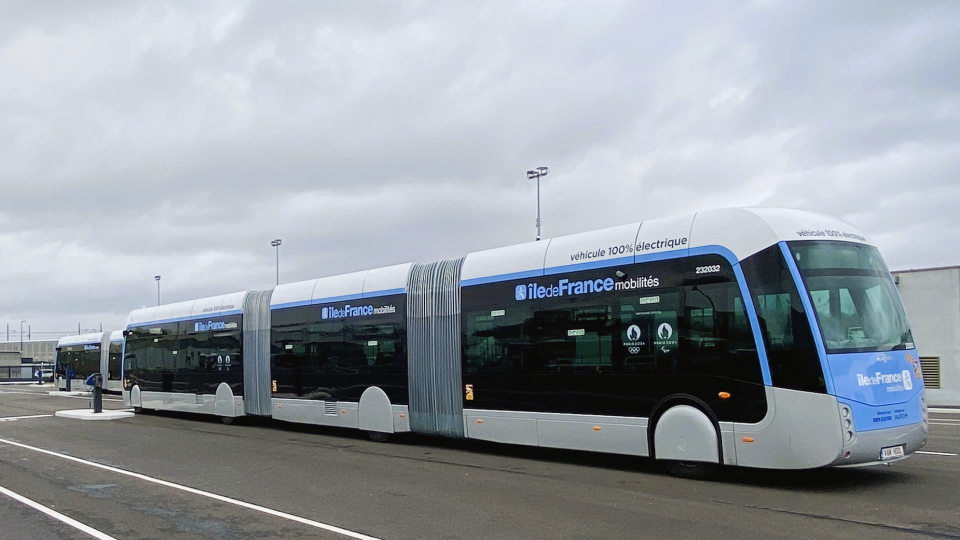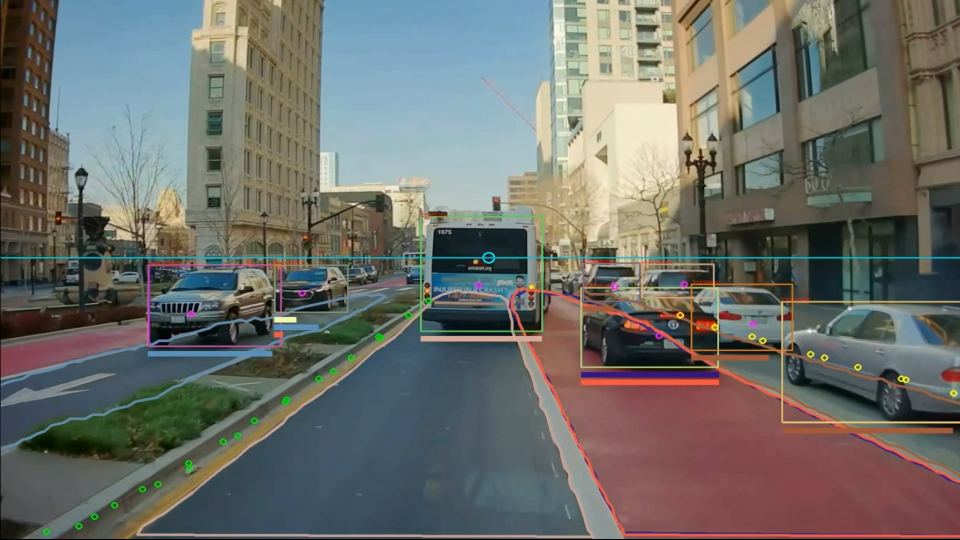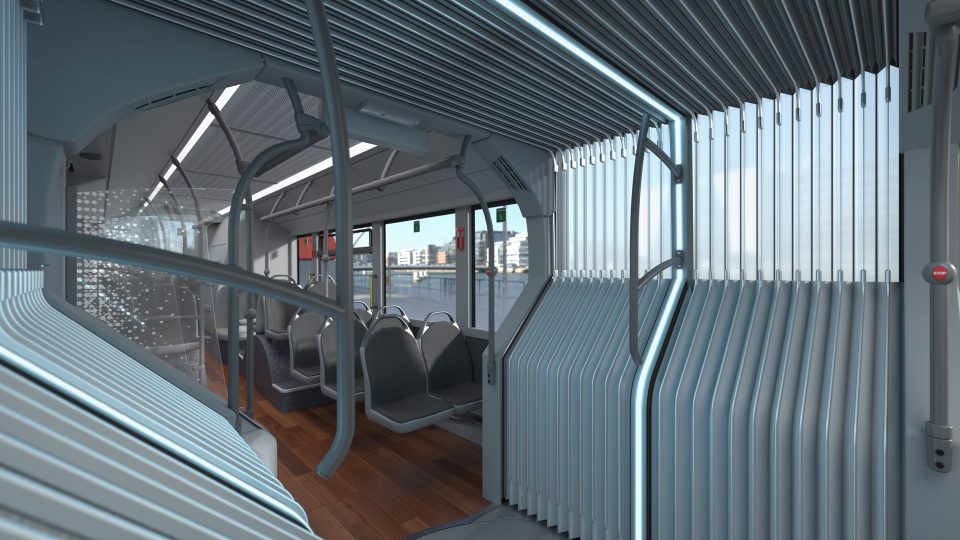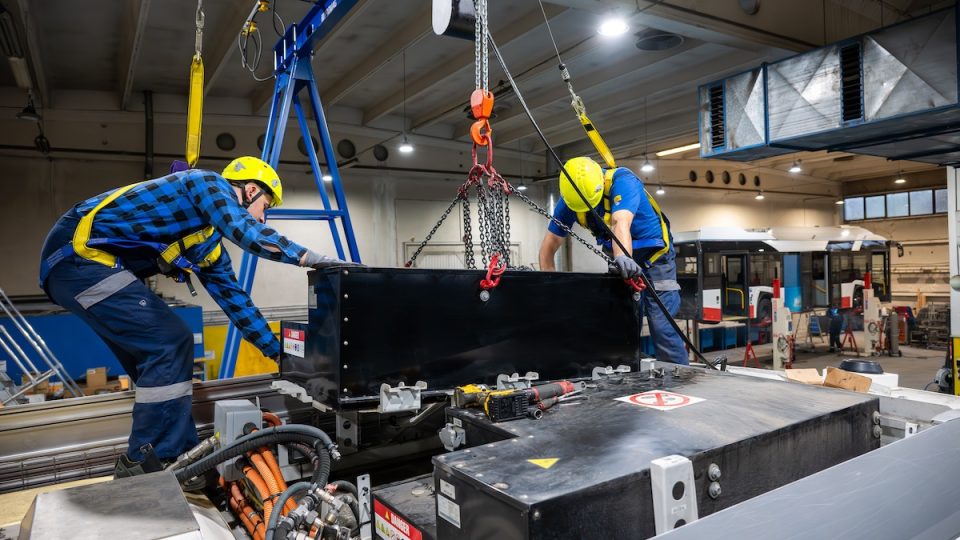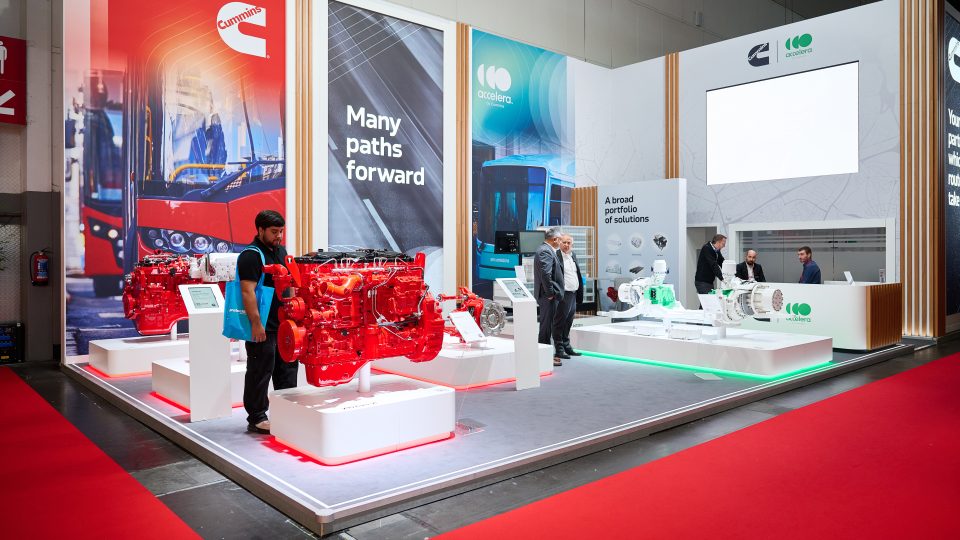Masats showcases the future of accessibility at Busworld, thanks to artificial vision and AI
This content is authored by Masats and belongs to the series Busworld Spotlight, offering a dedicated space to companies presenting their vision, products, strategies and innovative solutions in the run-up to Busworld Europe 2025, from October 4–9 in Brussels, Belgium – and beyond.Masats is exhibiting in Hall 5, Stand 507 Urban mobility is undergoing an […]
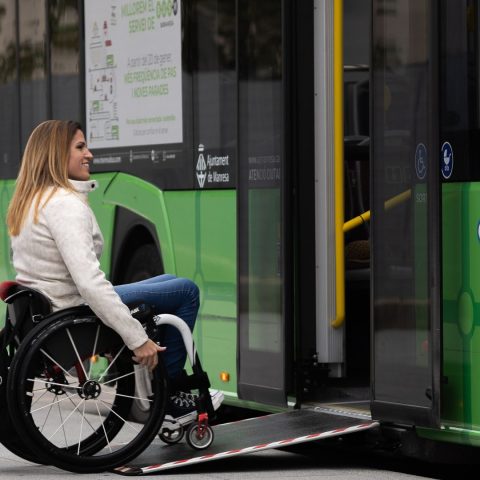
This content is authored by Masats and belongs to the series Busworld Spotlight, offering a dedicated space to companies presenting their vision, products, strategies and innovative solutions in the run-up to Busworld Europe 2025, from October 4–9 in Brussels, Belgium – and beyond.
Masats is exhibiting in Hall 5, Stand 507
Urban mobility is undergoing an unprecedented transformation thanks to the application of smart technologies. One of the most promising innovations is the automation of bus door opening systems through the combined use of artificial vision and artificial intelligence (AI), presented by Masats at Busworld. The management of this data will enable other value-added services in vehicle access in the future.
What does Masats AIDA technology consist of?
Currently, on most buses, passengers must press a button to request the door to be opened. In the case of people with reduced mobility (PRM), they must also press the button to request the automatic ramp to be opened, or ask the driver to deploy the manual ramp.
The Masats AIDA system integrates artificial vision cameras and AI algorithms, enabling the system to automatically detect the presence and intention of passengers waiting by the door:
- It identifies when a passenger approaches to get on or off.
- It recognises whether the person has reduced mobility: wheelchair users, or visually impaired people.
- It commands the door to open and, if necessary, the ramp to deploy automatically and/or an acoustic warning signal to sound, without the passenger having to take any additional action.
- If users are detected when the door is closing, a slow-close function is activated to give people time to move away. No need for sensors to prevent the door from closing.

Advantages of Masats AIDA system
- Greater universal accessibility
Eliminates barriers for elderly people, people with disabilities, or those who simply have their hands full (trolleys, bags, etc.). - Convenience and speed
Speeds up passenger flow in and out, avoiding waiting and the need to find and press a button. - Improved safety
Artificial vision systems also allow you to check that there are no obstacles before opening the door or deploying the ramp. The system can alert the vehicle to initiate kneeling if the user requires it, minimising the risk of falls when boarding or alighting from the vehicle. - Energy savings. Efficient automatic opening optimises door opening time and, therefore, energy consumption.
- Less burden on the driver
Staff do not need to constantly intervene in the manual opening of ramps, allowing them to concentrate on driving and road safety. - Operational efficiency
Faster boarding and disembarking reduces stopping time at each station, improving the punctuality of the fleet. - Innovative image and social commitment
Transport companies that implement this technology reinforce their role as pioneers in accessibility, inclusion and modernisation of public transport.
Masats: A step towards the mobility of the future
The incorporation of artificial vision and artificial intelligence into bus door opening systems is a clear example of how technology can improve the user experience and ensure more inclusive and efficient mobility.
This solution not only responds to current demands for accessibility and comfort, but also paves the way for the smart and autonomous public transport of the future, fully integrated into the Smart Cities ecosystem.

